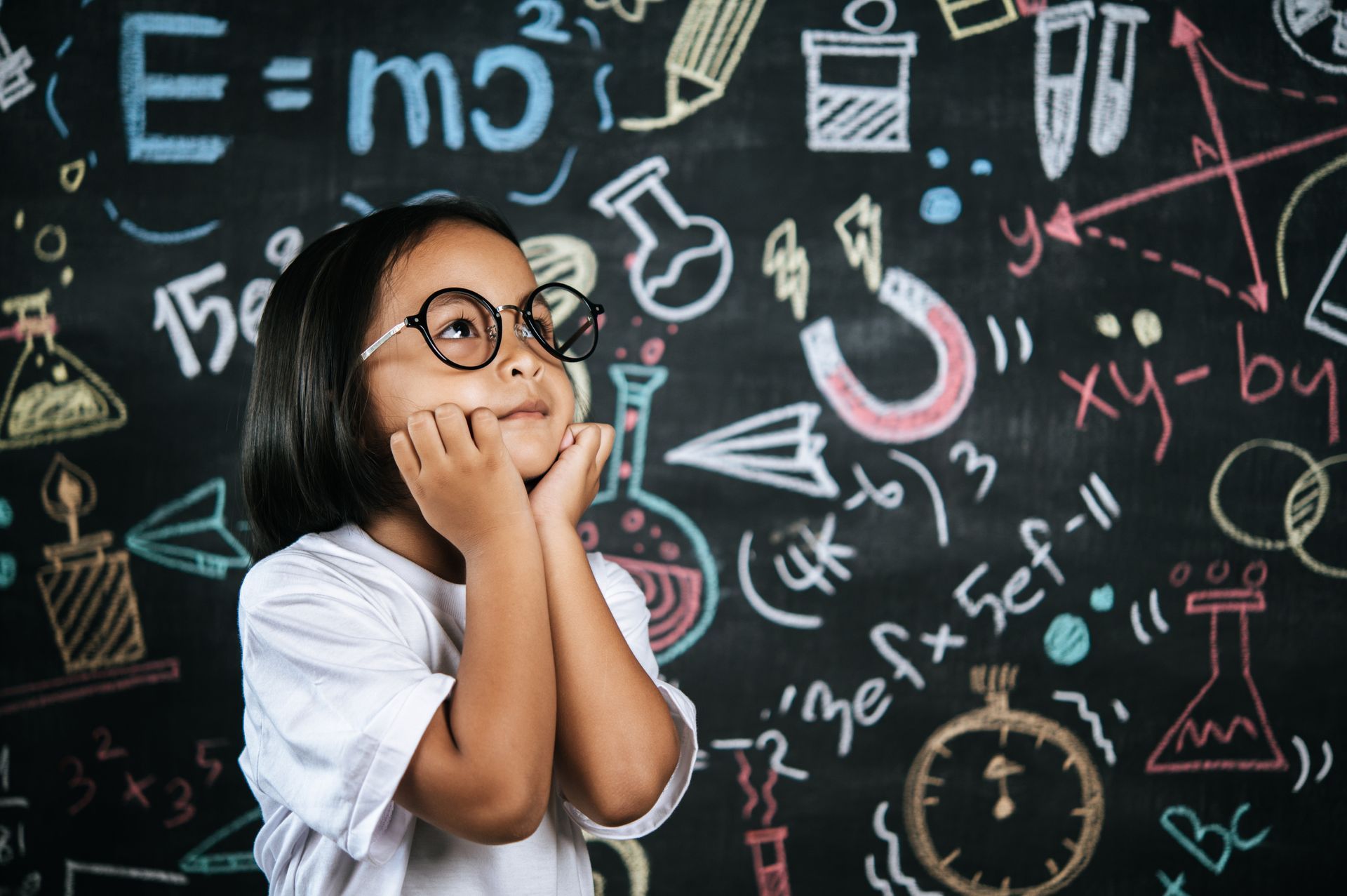How to Make your Risk Assessment Tools Agile: A Practical Guide for Fintechs
Learn how to make your risk assessment tools agile with a custom framework, sprint-based reviews, and fractional CCO support to speed launches and reduce compliance risk.

Introduction
Risk tools kill innovation.
Traditional assessment methods force fintech teams into rigid, months-long approval cycles. These outdated processes destroy competitive advantage and delay product launches that could generate millions in revenue.
What happens when your competitor launches the same feature three months ahead of you? Companies that can't adapt their risk processes quickly lose market opportunities to more agile competitors. While traditional banks can afford slow-moving compliance processes, fintechs need how to make your risk assessment tools agile to survive.
The last thing you need is another complex process slowing down your already stretched team.
Growing Crisis with Traditional Risk Assessment Tools
Legacy risk systems were built when banks updated products once per decade. These dinosaur processes assume predictable business environments where features remain static for years and regulatory changes happen gradually.
That world no longer exists.
Today's fintech companies launch new features monthly. They enter multiple jurisdictions simultaneously while facing rapidly evolving regulatory expectations from agencies like the CFPB.
The specific pain points are crushing business operations:
Traditional risk assessments require 8-12 weeks for simple product modifications. That's three extra months watching competitors steal your customers. Documentation demands consume entire compliance teams for single feature launches, burning through resources that could build revenue-generating products.
Siloed decision-making creates communication gaps between product, engineering, and compliance teams. The conversation looks like this: "We can't ship the feature." "Why not?" "Compliance is still reviewing." "They've had it for six weeks!"
The business impact hits your bottom line directly. Recent industry analysis shows that fintech companies using traditional risk methods experience 40% longer time-to-market compared to those with agile approaches.
Here's the brutal reality: Product teams work in two-week sprints while compliance teams operate on quarterly assessment cycles. This mismatch creates constant friction, delayed revenue recognition, and frustrated development teams who can't ship features on schedule.
Revenue opportunities disappear while your team researches compliance requirements instead of building customer-facing improvements.
Understanding Agile Risk Assessment Methodology
Core Principles of Modern Risk Management
Agile risk assessment transforms how companies evaluate and manage regulatory exposure. Instead of outdated annual reviews, agile methodologies create iterative risk evaluation cycles that adapt to changing business conditions.
Think of traditional risk assessment like driving while only looking in the rearview mirror. Agile risk management gives you a real-time dashboard showing current conditions and upcoming obstacles.
Continuous monitoring replaces annual risk reviews with real-time data streams. NIST's approach to continuous monitoring provides the regulatory foundation for automated risk awareness systems that flag changes as they occur.
Collaborative risk ownership distributes compliance responsibilities across departments. Product managers understand regulatory implications of their features. Engineers build controls into their development processes.
No more throwing features over the wall to compliance for review.
Real-time data integration creates dynamic risk scoring that responds immediately to new threats, regulatory updates, or business model changes. Automated alerts ensure stakeholders receive timely notifications without manual monitoring overhead.
Breaking Down Traditional Risk Silos
Cross-functional risk committees bring together product, engineering, compliance, and business stakeholders for integrated decision-making. These teams meet weekly rather than quarterly, aligning risk discussions with business sprint cycles.
We've seen companies embed compliance support throughout the product development lifecycle to prevent costly rework. Instead of compliance reviews happening after features are built, agile approaches integrate regulatory considerations from initial design through deployment.
Fractional CCO leadership can bridge the gap between traditional risk management and modern agile methodologies. These experts understand both regulatory requirements and operational agility needs, helping teams develop sustainable agile risk practices.
Communication systems keep all teams aligned on risk priorities through shared dashboards, automated reporting, and regular stakeholder updates. Everyone understands current risk status and upcoming regulatory deadlines without constant status meetings.
The Agile Risk Process in Practice
Phase 1: Risk Discovery and Prioritization
Rapid risk identification workshops compress traditional months-long discovery processes into focused three-day sessions. Cross-functional teams map product features to regulatory requirements using structured facilitation techniques.
Here's how it works: A payments startup needs to add ACH transfers. Traditional approaches require separate meetings with legal, compliance, product, and engineering teams over several weeks. Agile risk workshops bring everyone together for three intensive days, emerging with a complete risk assessment and action plan.
Dynamic risk scoring weighs business impact against regulatory severity using quantitative risk prioritization tools provided by SAFE. This approach helps teams focus resources on high-impact risks rather than checking boxes on comprehensive but unfocused risk registers.
Stakeholder mapping identifies all parties affected by potential risk decisions. This includes customer support teams handling complaints and engineering teams building controls. Threat models like MITRE ATT&CK provide structured approaches for mapping technical risks to business impacts.
Phase 2: Iterative Risk Assessment
Sprint-based risk reviews align perfectly with product development cycles. Risk committees meet every two weeks to evaluate new features, assess control effectiveness, and adjust priorities based on current business conditions.
No more waiting months for compliance approval. Risk decisions happen in the same sprint as product decisions.
Automated risk monitoring tools flag changes in regulatory requirements or business conditions using ISCM best practices from NIST SP 800-137. These systems integrate with existing business tools to provide seamless risk visibility without additional administrative burden.
Testing protocols validate risk controls without disrupting business operations. Continuous security monitoring approaches help teams verify control performance through automated checks rather than manual testing cycles.
We've seen this approach work firsthand with our compliance testing services, helping teams identify gaps before regulatory examinations. This practical method ensures theoretical agile risk models work in actual business environments.
Phase 3: Continuous Improvement and Adaptation
Feedback loops incorporate lessons learned from each risk assessment cycle through structured retrospectives. Teams identify process improvements, tool enhancements, and training needs based on actual experience.
Think retrospectives for risk management. What worked? What didn't? How can we do better next sprint?
Metrics and KPIs measure both risk mitigation performance and business agility. Key indicators include time-to-market for new features, regulatory examination findings, customer complaint trends, and compliance team productivity metrics.
Regular updates respond to new regulations or business model changes through quarterly strategy reviews. Teams evaluate emerging risks, assess new regulatory guidance, and adjust processes based on industry best practices.
Getting Started with Agile Risk Tools
Start with pilot programs on lower-risk products to build confidence and refine processes. Choose features with limited regulatory scope to test agile risk approaches without exposing your organization to significant compliance gaps.
We know you're already stretched thin. That's why pilot programs let you prove the concept without overhauling your entire risk management system overnight.
Key steps for successful rollout:
- Train your compliance team on agile methodologies. Listen to compliance podcast episodes covering agile risk management to build team knowledge during commutes.
- Establish clear roles for risk decisions at each stage of the product lifecycle. Document who makes what decisions, required approval levels, and escalation paths to prevent confusion during critical moments.
- Create standardized templates that speed up routine risk assessments. Automate checks with GitHub Actions to embed compliance verification directly into development workflows.
- Build relationships with regulators to communicate your proactive approach to risk management. Share your agile risk documentation during routine examinations to demonstrate systematic compliance approaches.
Technology solutions that work well for early adoption include lightweight continuous compliance tools like Scrut for pilot programs. Early-stage fintechs need to prove agile risk concepts before investing in enterprise-grade platforms.
Overcoming Common Obstacles
Resistance from traditional compliance teams often stems from legitimate concerns about regulatory acceptance. Address this by demonstrating how continuous controls monitoring benefits exceed traditional approaches in both thoroughness and responsiveness.
Change is scary, especially in compliance. Start with education and small wins to build confidence.
Integration issues between legacy risk systems and modern agile tools require careful planning and phased rollouts. Build a continuous monitoring program following ISACA guidance to ensure compatibility with existing audit requirements.
Regulatory skepticism about new risk assessment approaches dissolves when teams provide clear documentation and demonstrate superior risk visibility compared to traditional methods. SOC 2 Trust Services guidance offers familiar structures for agile risk documentation that auditors understand and accept.
Balance speed requirements with thorough risk analysis by focusing on risk-based prioritization. High-impact risks receive comprehensive analysis while routine risks follow streamlined approval processes that maintain appropriate oversight without creating bottlenecks.
Resource allocation challenges between maintaining existing controls and developing new agile processes require strategic planning. Research shows how agile teams manage teams through cultural changes needed for successful agile risk adoption.
Conclusion
Agile risk assessment tools separate winners from losers in modern financial services. Companies that adapt their risk processes achieve measurable results: 40% faster time-to-market, 25% reduced compliance costs, and significantly improved regulatory relationships.
The change requires expert guidance. You need professionals who understand both regulatory requirements and operational agility needs.
That's exactly what we've built our practice around - helping fintech leaders develop agile risk approaches while maintaining regulatory compliance and audit readiness. When you're ready to stop letting compliance bottlenecks kill your competitive advantage, fractional CCO expertise can bridge the gap between traditional risk management and the agile methodology your business demands.
The question isn't whether you need agile risk assessment tools. It's whether you can afford to wait while competitors pull ahead.
Frequently Asked Questions
Will regulators accept agile risk assessment methodologies? Regulators increasingly favor continuous monitoring approaches over point-in-time assessments. NIST, AICPA, and other standard-setting bodies explicitly recommend iterative risk management practices that provide superior visibility into actual risk conditions.
How long does it take to develop an agile risk assessment process? Most organizations see initial results within 60-90 days through pilot programs. Full rollout across all products typically requires 6-12 months, depending on organizational complexity and existing tool integration requirements.
What are the cost considerations for agile risk transformation? Initial investment in training and tools typically pays for itself within the first year through reduced time-to-market and improved compliance productivity. Organizations often see 25% reduction in total compliance costs within 18 months.
What minimum team requirements are needed for successful adoption? Successful agile risk programs require at least one dedicated compliance professional, product manager liaison, and engineering representative. Organizations often benefit from fractional CCO expertise during initial rollout phases.
How do you measure success and demonstrate value to stakeholders? Key success metrics include reduced feature launch timelines, fewer regulatory examination findings, improved customer complaint resolution times, and increased compliance team productivity measured through automated monitoring capabilities.










